The COVID-19 Pandemic: Vaccinating Indian Country
Over a year ago, the coronavirus hit Indian Country with devastating impacts that left Tribal communities mourning the loss of loved ones, community members, and elders as well as dealing with quarantine and isolation from family and friends. Though more than 600,000 lives were lost across the United States, COVID-19 vaccines from Pfizer, Moderna, and Johnson & Johnson have potentially saved many more lives from the disease. According to the Indian Health Service (IHS), as of July 4, 2021, 1,759,715 doses of these three potential vaccines have been distributed in eleven IHS areas, (Albuquerque, Bemidji, Billings, California, Great Plains, Nashville, Navajo, Oklahoma City, Phoenix, Portland, and Tucson), and 1,448,281 doses have been administered in those areas. See Table 1.
Tribes understand their communities are among the hardest hit by COVID-19. The importance of providing timely COVID-19 vaccinations is vital to the preservation of their cultural ways. COVID-19 vaccine distribution strategies employed by Tribes are largely based on American Indian and Alaska Native (AI/AN) values - prioritizing elders, Native language speakers, and keepers of the traditions. Some Tribes have also offered to vaccinate non-Tribal members who interact with Tribal citizens, including essential workers and school staff. Tribes hold education and educators in high regard and offered the vaccine to school staff members before they were eligible under state and national guidelines. Some Tribes leading the effort to vaccinate educators are the Mashpee Wampanoag Tribe, Stockbridge-Munsee Tribe, Cherokee Nation, Chickasaw Nation, and the Tulalip Tribe.
Tulalip Tribe Chairwoman Teri Gobin said, "Tulalip is proud to be able to take care of our community. The Marysville School District, their teachers and administrators are helping raise our kids. Getting back to school provides our youth with a sense of normalcy. Vaccines help make that return to in-person learning safer for the teachers and our students. So far Tulalip has offered all district employees, around 1,100 staffers, the opportunity to get vaccinated. We wanted everyone -- teachers, administrators, bus drivers, janitors, and support staff to receive a vaccine if they wanted one. In total the Tulalip Health System has distributed over 10,000 vaccines."
Success to the Tribal vaccine rollout can be captured succinctly: it relies upon jurisdiction and sovereignty. For instance, Alaska Native communities are exercising their sovereign ability to self-determine to vaccinate elders that include Native and non-Native residents. Various Tribes have also offered the vaccine to the outside community regardless of IHS eligibility.
As of July 12, 2021, according to the Center for Disease Control and Prevention (CDC), nearly 160 million Americans have been fully vaccinated and 184 million have received at least one dose. As of July 12, 2021, race/ethnicity was available for about 100 million people who have been fully vaccinated, of those, AI/ANs make up 0.9% (927,578) who have been fully vaccinated. See Table 2. Although the data seemingly shows a low vaccination rate, Tribes are showing great progress and innovation in ensuring AI/AN people are vaccinated in a timely and efficient manner. Many Tribes across the United States are leading the way in COVID-19 vaccination efforts and were among the first to offer the vaccine to groups that otherwise may not have been eligible to receive it. This includes younger Natives (12+ years), teachers, and essential workers.
The COVID-19 vaccines were welcomed in many Tribal communities as an integral way to prevent serious COVID-19-related infection, hospitalization, and death. The three potentially life-saving vaccines available are helping Tribal communities get back to normal and children back to school safely. "Soon, when Tribal communities are fully vaccinated, we can re-start the vital Tribal public health work necessary to improve the wellness and quality-of-life of all Native people. But, until then, we need to continue to wear masks, wash our hands and watch our distance," said NIHB Chairman William Smith who is also the Vice President of the Valdez Native Tribe of Alaska and Vietnam veteran.
Learn more about NIHB's advocacy and community efforts about the COVID-19 vaccine at: https://www.nihb.org/covid-19/vaccine-information-and-tribal-support/.
Table 1: COVID-19 Vaccine Distribution and Administration by IHS Area
| IHS Areas | Total Doses Distributed | Total Doses Administered |
| Albuquerque | 131,165 | 133,102 |
| Bemidji | 152,235 | 123,492 |
| Billings | 60,895 | 45,270 |
| California | 221,055 | 153,713 |
| Great Plains | 127,080 | 89,712 |
| Nashville | 90,905 | 71,275 |
| Navajo | 252,305 | 232,644 |
| Oklahoma City | 441,410 | 366,102 |
| Phoenix | 174,050 | 149,249 |
| Portland | 96,545 | 75,356 |
| Tucson^ | 12,070 | 8,366 |
| Grand Total | 1,759,715 | 1,448,281 |
Note: As of July 4, 2021, the IHS is distributing vaccine allocations of the Pfizer, Moderna, and Johnson & Johnson/Janssen vaccine. The table above shows the total number of vaccine doses distributed and administered per IHS Area to date.Alaska Area – all tribes chose to receive COVID-19 vaccine from the State of Alaska. Administered Data Source: CDC Clearinghouse data from Vaccine Administration Management System (VAMS) and IHS Central Aggregator Service (CAS). Data in the CDC Clearinghouse reflects prior day data. Data may be different than actual data as there are known CDC data lags and ongoing quality review of data including resolving data errors. Data from: https://www.ihs.gov/coronavirus/.
Table 2:Race/Ethnicity of People Fully Vaccinated
|
Race/Ethnicity |
Percentage |
Count |
|
Hispanic/Latino |
15.2% |
15,191,791 |
|
White, Non-Hispanic |
60.4% |
60,386,200 |
|
American Indian/Alaska Native, Non-Hispanic |
0.9% |
927,578 |
|
Asian, Non-Hispanic |
6.2% |
6,241,263 |
|
Black, Non-Hispanic |
8.9% |
8,918,347 |
|
Native Hawaiian/Other Pacific Islander, Non-Hispanic |
0.3% |
284,034 |
|
Multiple/Other, Non-Hispanic |
8.1% |
8,061,303 |
Note: As of July 12, 2021, 159,499,224 people fully vaccinated. Race/Ethnicity was available for 100,010,516 (62.7%) people fully vaccinated. These demographic data only represent the geographic areas that contributed data and might differ by populations prioritized within each state or jurisdiction’s vaccination phase. Every geographic area has a different racial and ethnic composition, and not all are in the same vaccination phase. These data are thus not generalizable to the entire US population. Percentages displayed in the table above represent the percent of people vaccinated for whom the demographic variable of interest is known, Data from: https://covid.cdc.gov/covid-data-tracker/#vaccination-demographic.
Photos provided by Michael Rios of Tulalip News
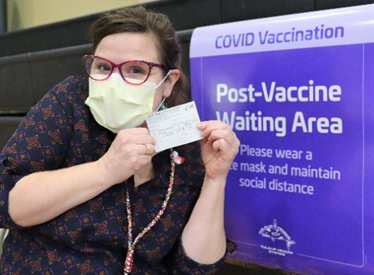

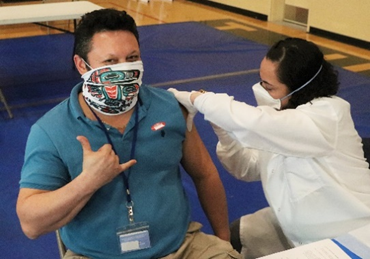

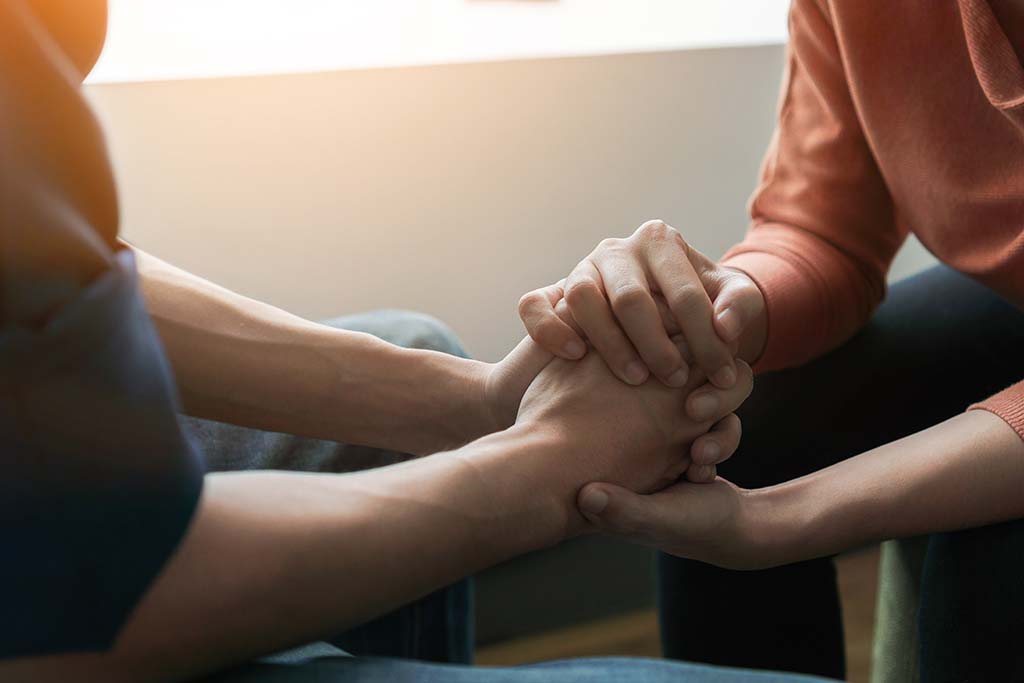 The COVID-19 pandemic brought to the forefront the many health disparities experienced by American Indians and Alaska Natives (AI/AN). Tribal communities have been disproportionately impacted by the pandemic, which has made apparent the inequities facing AI/AN people and Indian health care providers. It has not only created new burdens in Tribal communities but has exacerbated existing health concerns--particularly those regarding behavioral and mental health.
The COVID-19 pandemic brought to the forefront the many health disparities experienced by American Indians and Alaska Natives (AI/AN). Tribal communities have been disproportionately impacted by the pandemic, which has made apparent the inequities facing AI/AN people and Indian health care providers. It has not only created new burdens in Tribal communities but has exacerbated existing health concerns--particularly those regarding behavioral and mental health.

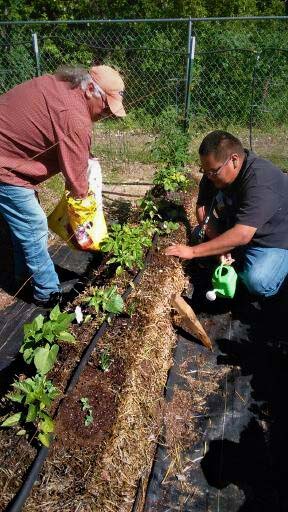 Public health programs promoting brain health focus on reducing risks posed by cognitive
decline, such as Alzheimer’s and other forms of dementia. These conditions can
develop slowly and cause changes in thinking, understanding, and remembering. Although
some risk factors related to brain health cannot be changed, like age, one important way
to prevent and slow down cognitive decline is through the prevention and management of
chronic diseases, such as obesity, high blood pressure, and diabetes.
Public health programs promoting brain health focus on reducing risks posed by cognitive
decline, such as Alzheimer’s and other forms of dementia. These conditions can
develop slowly and cause changes in thinking, understanding, and remembering. Although
some risk factors related to brain health cannot be changed, like age, one important way
to prevent and slow down cognitive decline is through the prevention and management of
chronic diseases, such as obesity, high blood pressure, and diabetes.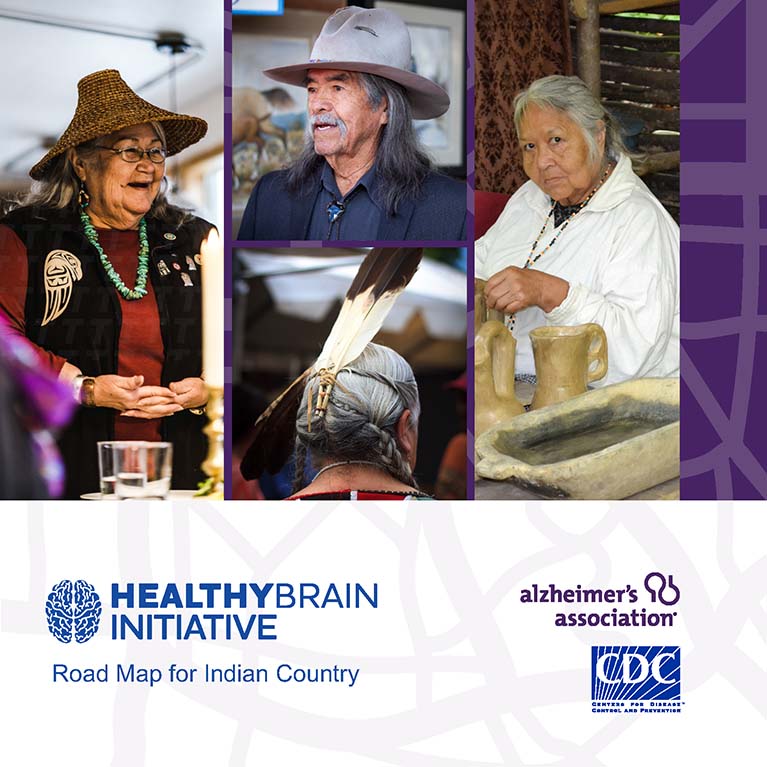
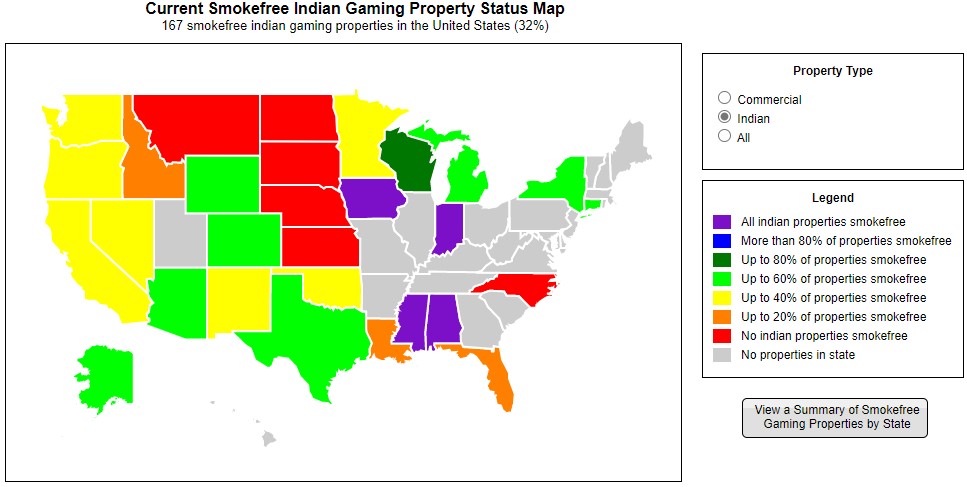


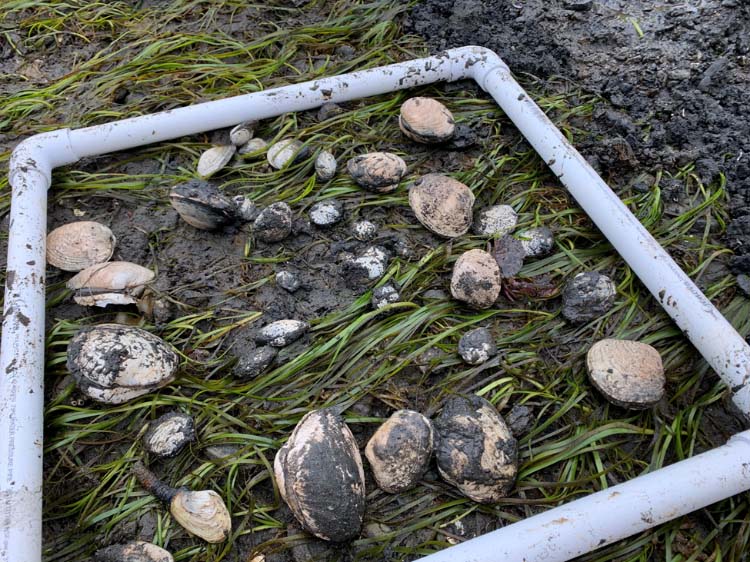
 In the beginning of each year, the National Indian Health (NIHB) engages with Tribes to set forth a public policy agenda focusing on critical priorities for the Indian health system that requires targeted efforts and robust advocacy to advance. In February 2021, the NIHB Board of Directors approved the annual
In the beginning of each year, the National Indian Health (NIHB) engages with Tribes to set forth a public policy agenda focusing on critical priorities for the Indian health system that requires targeted efforts and robust advocacy to advance. In February 2021, the NIHB Board of Directors approved the annual